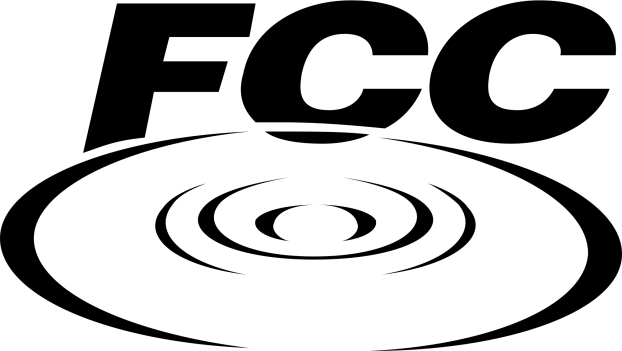 The Federal Communications Commission (FCC) is preparing to wage war against telecom companies who tack on extra “mystery charges” to customers’ monthly bills without forewarning or explanation. FCC chairman Julius Genachowski on Monday warned customers to be on guard against unauthorized charges.
The Federal Communications Commission (FCC) is preparing to wage war against telecom companies who tack on extra “mystery charges” to customers’ monthly bills without forewarning or explanation. FCC chairman Julius Genachowski on Monday warned customers to be on guard against unauthorized charges.
The practice, known as “cramming,” has been shown to be used by both wireless and landline companies. The overwhelming majority of cramming victims don’t notice the extra fees, which typically range from $1.99 to $19.99. A recent FCC survey found that between 15 to 20 million landline customers in the U.S. received unauthorized charges on their monthly bills. And, the FCC says, only a small fraction of those households — about 5 percent — ever spot those charges.
“Cramming is not only illegal, it erodes consumer trust in communications services,” Genachowski said at an appearance at the Center for American Progress. “The FCC will not tolerate cramming, and we are turning up the heat on companies that rip off consumers with unauthorized fees.”
Just last week, The FCC announced that it was preparing to level fines at four companies that it says practiced cramming. Those companies are: Main Street Telephone ($4,200,000); VoiceNet Telephone, LLC ($3,000,000); Cheap2Digital Telephone, LLC ($3,000,000); and Norristown Telephone, LLC ($1,500,000). The companies are said to have overcharged customers in excess of $8 million combined.
The FCC hasn’t yet revealed exactly how it plans to go about stopping cramming. But Genachowski did say that tomorrow he plans to issue proposals aimed at making phone bills more transparent and intelligible to consumers. For the moment, the FCC urges consumers to check their phone bills carefully and to report any cramming complaints to the FCC.

